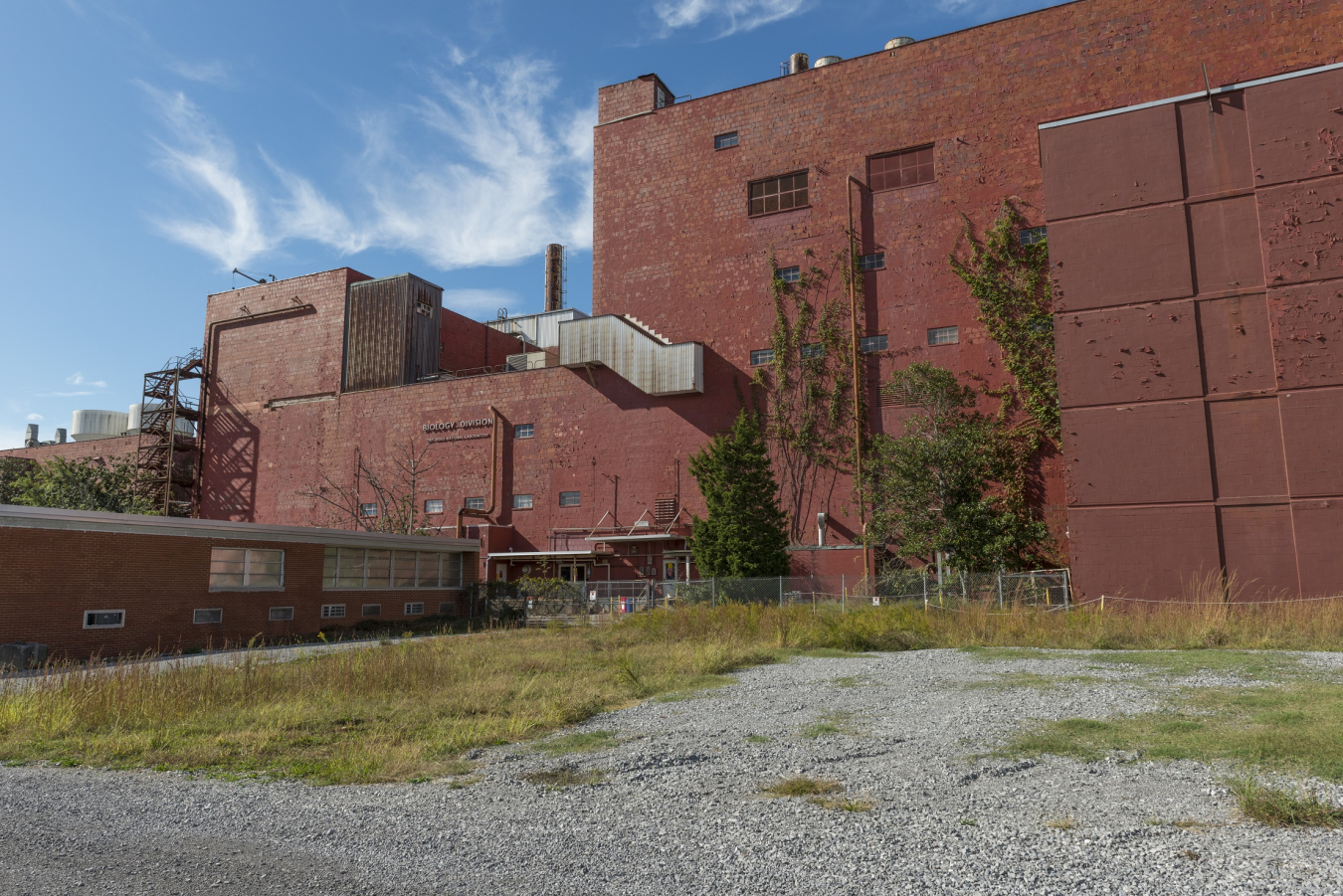DOE’s Oak Ridge Office of Environmental Management (OREM) has completed the goals laid out for the site in EM’s 2022 priorities.
Office of Environmental Management
November 15, 2022Oak Ridge workers spent much of this year tearing up and removing building slabs left behind from the Biology Complex demolition, as shown at top. It was a key step to get the 18-acre area ready for transfer back to the National Nuclear Security Administration. Immediately above is a view of the former Biology Complex footprint after the Oak Ridge Office of Environmental Management and contractor UCOR completed demolition, removed the slabs and backfilled the area to enable reuse.
OAK RIDGE, Tenn. – DOE’s Oak Ridge Office of Environmental Management (OREM) has completed the goals laid out for the site in EM’s 2022 priorities.
Each year, EM releases its priorities for the coming calendar year, a key marker of the cleanup program’s continuing success in addressing the legacy of nuclear weapons production and government-sponsored nuclear energy research. The Calendar Year 2022 Mission and Priorities outlines specific planned accomplishments across the cleanup complex for the year.
OREM’s most recent achievement was the transfer of the former Biology Complex footprint at the Y-12 National Security Complex back to the National Nuclear Security Administration. Crews worked throughout the year to remove building slabs and backfill the area.
The parcel was under the temporary responsibility of OREM for crews to conduct deactivation and demolition, remove building slabs, and address any impacted soil to prepare the 18-acre area for reuse. This land is of particular importance because it’s the planned location for the Lithium Processing Facility that will support national security missions.
“We’re proud to again accomplish the important annual priorities set out for us,” said Laura Wilkerson, OREM acting manager. “It’s especially rewarding because reaching this particular objective also supports the important missions happening at Y-12.”

A view of the massive six-story, 255,000-square-foot Building 9207 in the Biology Complex before its demolition. The Oak Ridge Office of Environmental Management and contractor UCOR completed the teardown of that last and largest building of the complex last year.
The Biology Complex, which dates back to the 1940s, was originally comprised of 11 buildings. It was initially constructed for recovering uranium from process streams, but it was later used for research that led to strides in understanding genetics and the effects of radiation.
The complex was shut down in 2002 and later categorized as containing high-risk excess facilities due to their deteriorated structural condition. OREM tore down a number of the facilities in 2010 using American Recovery and Reinvestment Act funds and began demolition on the remaining buildings a decade later.
Those 2020 demolitions included the massive six-story, 255,000-square-foot Building 9207 and the three-story, 65,000-square-foot Building 9210. That work was completed by OREM cleanup contractor UCOR in 2021.
The evolution of the Biology Complex site is the first of many transformations OREM has planned at Y-12. Crews recently completed demolition of another high-risk excess contaminated facility, the former Criticality Experiment Laboratory. Workers are also deactivating several former Manhattan Project-era uranium enrichment facilities at Y-12 to prepare them for demolition, including Alpha-2, Alpha-4 and Beta-1.
In addition to the Biology Complex footprint transfer, OREM’s other key EM priority for 2022 was beginning hot cell processing of the high activity uranium-233 inventory stored at Oak Ridge National Laboratory. OREM achieved that priority in early October.
To receive the latest news and updates about the Office of Environmental Management, submit your e-mail address.

